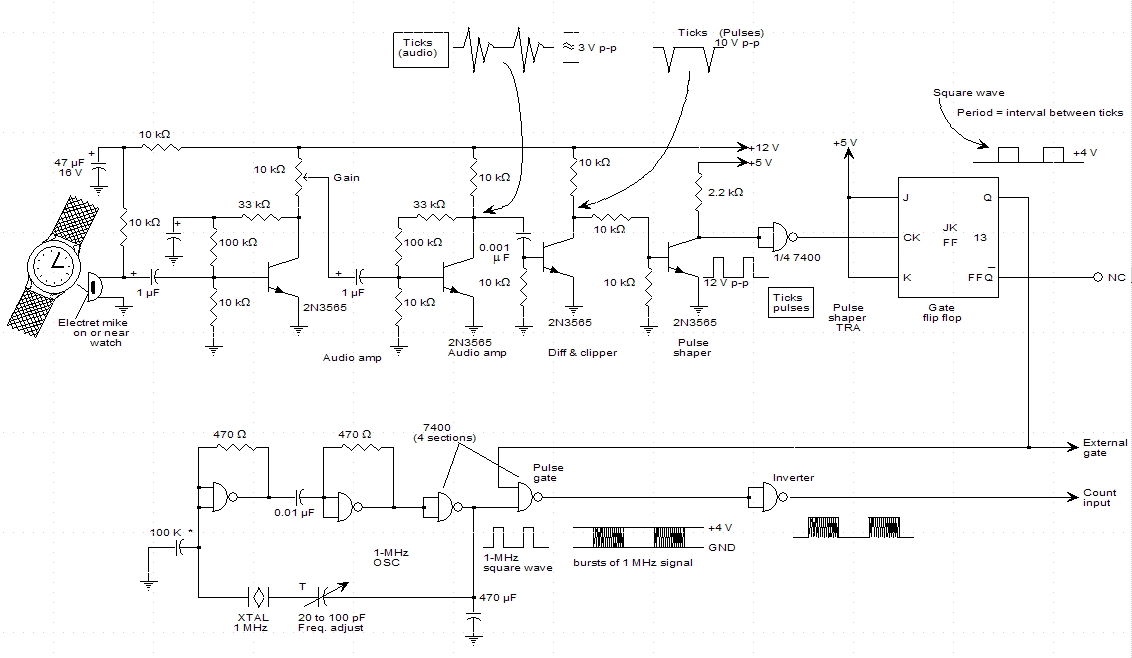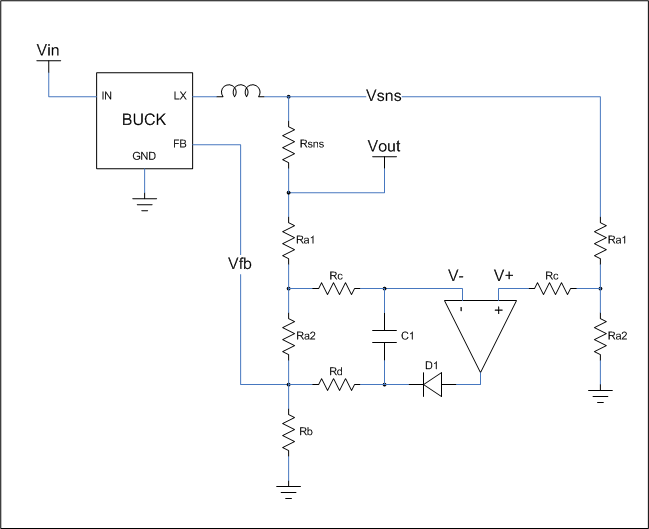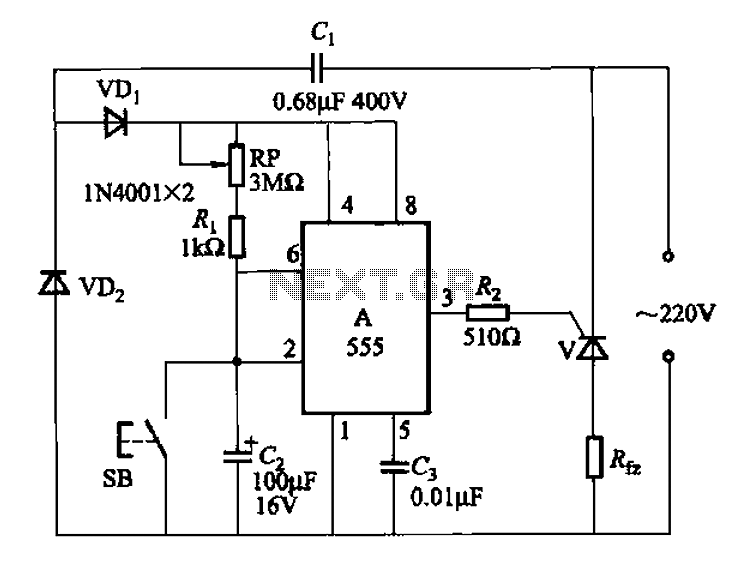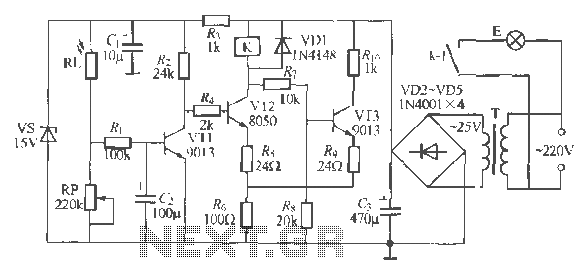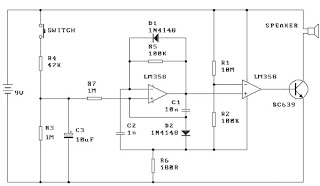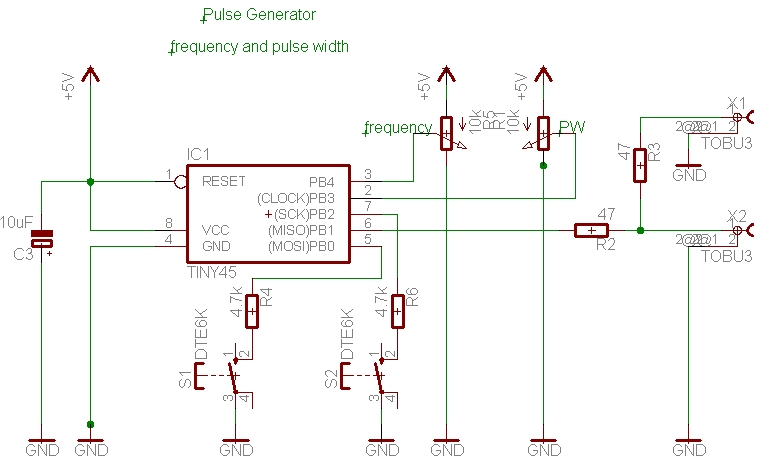
Circuit forms constant-current SCR

A typical silicon-controlled rectifier (SCR) requires a trigger current to latch on. Once the device is latched, the current flowing through the SCR is determined only by the external component values. The SCR lacks the ability to limit current flow once it has latched on.
The silicon-controlled rectifier (SCR) is a semiconductor device that functions as a switch, allowing control over high voltage and high current applications. It is composed of four layers of alternating p-type and n-type materials, forming a structure that can be triggered into a conductive state by applying a gate current. The SCR remains in this conductive state until the current flowing through it falls below a certain threshold, known as the holding current.
In practical applications, the SCR is commonly used in power control circuits, such as in phase control for dimmers, motor speed controls, and overvoltage protection devices. The triggering mechanism is critical; a small gate current applied to the gate terminal initiates the conduction process. Once triggered, the SCR will continue to conduct as long as the anode current exceeds the holding current, making it essential to design circuits with appropriate external components to manage the current levels effectively.
It is important to note that SCRs do not have built-in current-limiting capabilities. Therefore, external components such as resistors, inductors, or circuit breakers must be integrated into the circuit to prevent excessive current flow that could damage the SCR or the overall circuit. The design of these external components must consider the maximum load current and the characteristics of the SCR to ensure reliable operation and protection.
Overall, the SCR is a versatile component in power electronics, providing efficient control over electrical power in various applications while necessitating careful circuit design to manage current levels effectively.A typical SCR (silicon-controlled rectifier) requires a trigger current, which causes the SCR structure to latch on. Once the device latches, the current through the SCR is solely a function of external component values.
The SCR has no inherent ability to limit the current flow once it latches on. .. 🔗 External reference
The silicon-controlled rectifier (SCR) is a semiconductor device that functions as a switch, allowing control over high voltage and high current applications. It is composed of four layers of alternating p-type and n-type materials, forming a structure that can be triggered into a conductive state by applying a gate current. The SCR remains in this conductive state until the current flowing through it falls below a certain threshold, known as the holding current.
In practical applications, the SCR is commonly used in power control circuits, such as in phase control for dimmers, motor speed controls, and overvoltage protection devices. The triggering mechanism is critical; a small gate current applied to the gate terminal initiates the conduction process. Once triggered, the SCR will continue to conduct as long as the anode current exceeds the holding current, making it essential to design circuits with appropriate external components to manage the current levels effectively.
It is important to note that SCRs do not have built-in current-limiting capabilities. Therefore, external components such as resistors, inductors, or circuit breakers must be integrated into the circuit to prevent excessive current flow that could damage the SCR or the overall circuit. The design of these external components must consider the maximum load current and the characteristics of the SCR to ensure reliable operation and protection.
Overall, the SCR is a versatile component in power electronics, providing efficient control over electrical power in various applications while necessitating careful circuit design to manage current levels effectively.A typical SCR (silicon-controlled rectifier) requires a trigger current, which causes the SCR structure to latch on. Once the device latches, the current through the SCR is solely a function of external component values.
The SCR has no inherent ability to limit the current flow once it latches on. .. 🔗 External reference
